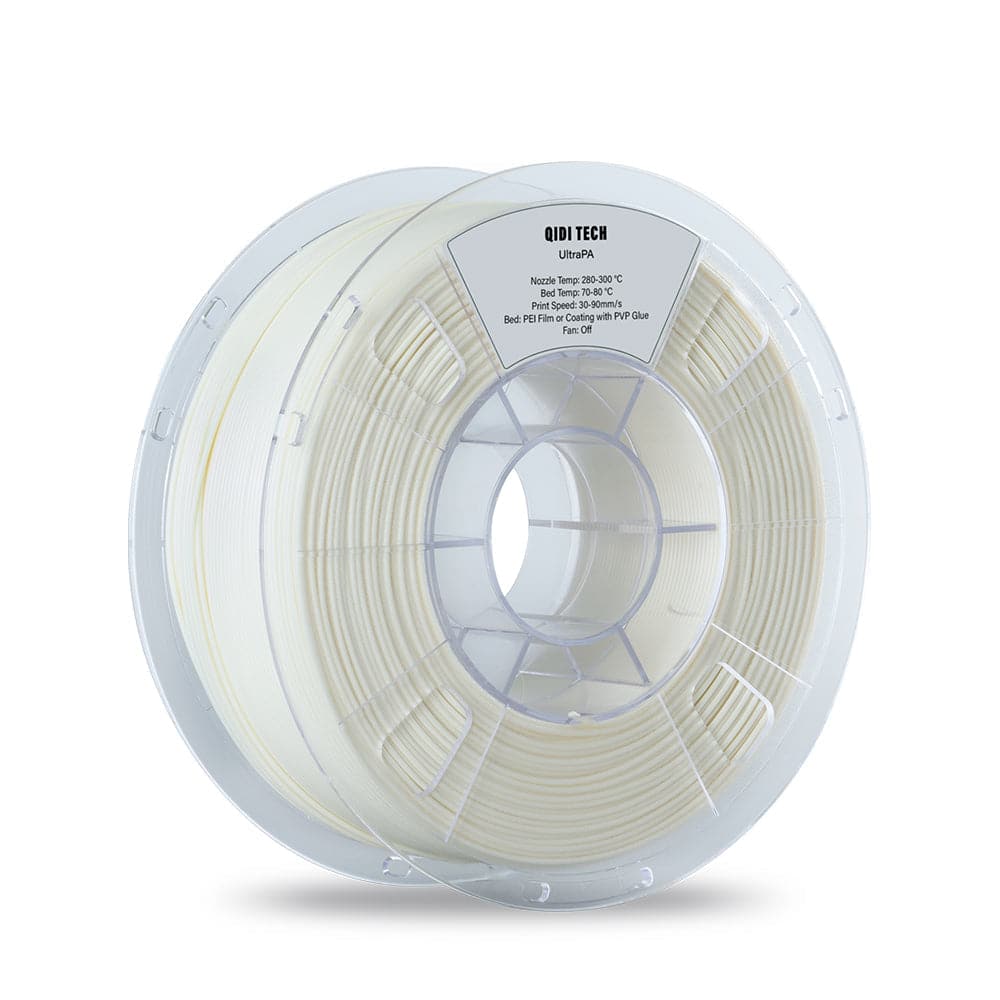Nylon filament has emerged as a popular choice in the realm of 3D printing, thanks to its remarkable properties and versatility. This synthetic polymer is known for its strength, flexibility, and durability, making it suitable for a wide range of applications. But what exactly makes nylon filament stand out among other materials? Let’s delve deeper into its characteristics and uses.

Understanding Nylon Filament
Nylon filament is a type of thermoplastic that is derived from polyamide. It is characterized by its excellent tensile strength and resistance to wear and tear. When printed, nylon exhibits a smooth finish and can be easily dyed, which adds to its aesthetic appeal. Additionally, nylon filament is known for its ability to absorb moisture, which can impact the printing process. Therefore, proper storage is essential to maintain its quality.
Applications of Nylon Filament in 3D Printing
The applications of nylon filament in 3D printing are vast and varied. Here are some key areas where it excels:
- Functional Prototypes: Due to its strength and flexibility, nylon is ideal for creating functional prototypes that require durability.
- End-Use Parts: Many industries, including automotive and aerospace, utilize nylon filament for producing end-use parts that can withstand rigorous conditions.
- Textile and Fashion: The ability to dye nylon filament allows designers to create intricate patterns and textures for fashion applications.
- Medical Devices: Nylon’s biocompatibility makes it suitable for certain medical applications, such as custom prosthetics.
Benefits of Using Nylon Filament
Why should you consider using nylon filament for your next 3D printing project? Here are some compelling reasons:
- High Strength-to-Weight Ratio: Nylon filament is lightweight yet incredibly strong, making it perfect for applications where weight is a concern.
- Flexibility: Its flexibility allows for the creation of parts that can bend without breaking, which is essential for many functional applications.
- Impact Resistance: Nylon is known for its ability to absorb shocks, making it ideal for parts that may experience impact.
- Ease of Post-Processing: Nylon can be easily sanded, painted, or dyed, allowing for a high degree of customization.
Tips for Successful Printing with Nylon Filament
To achieve the best results when using nylon filament, consider the following tips:
- Store your nylon filament in a dry environment to prevent moisture absorption.
- Use a heated bed to minimize warping during the printing process.
- Experiment with different print settings to find the optimal temperature and speed for your specific printer.
For those interested in high-quality nylon filament, consider exploring . This product is designed to meet the needs of both hobbyists and professionals alike.
Conclusion
In conclusion, nylon filament is a versatile material that offers numerous advantages for 3D printing. Its unique properties make it suitable for a wide range of applications, from functional prototypes to end-use parts. By understanding its characteristics and following best practices, you can unlock the full potential of nylon filament in your projects.








